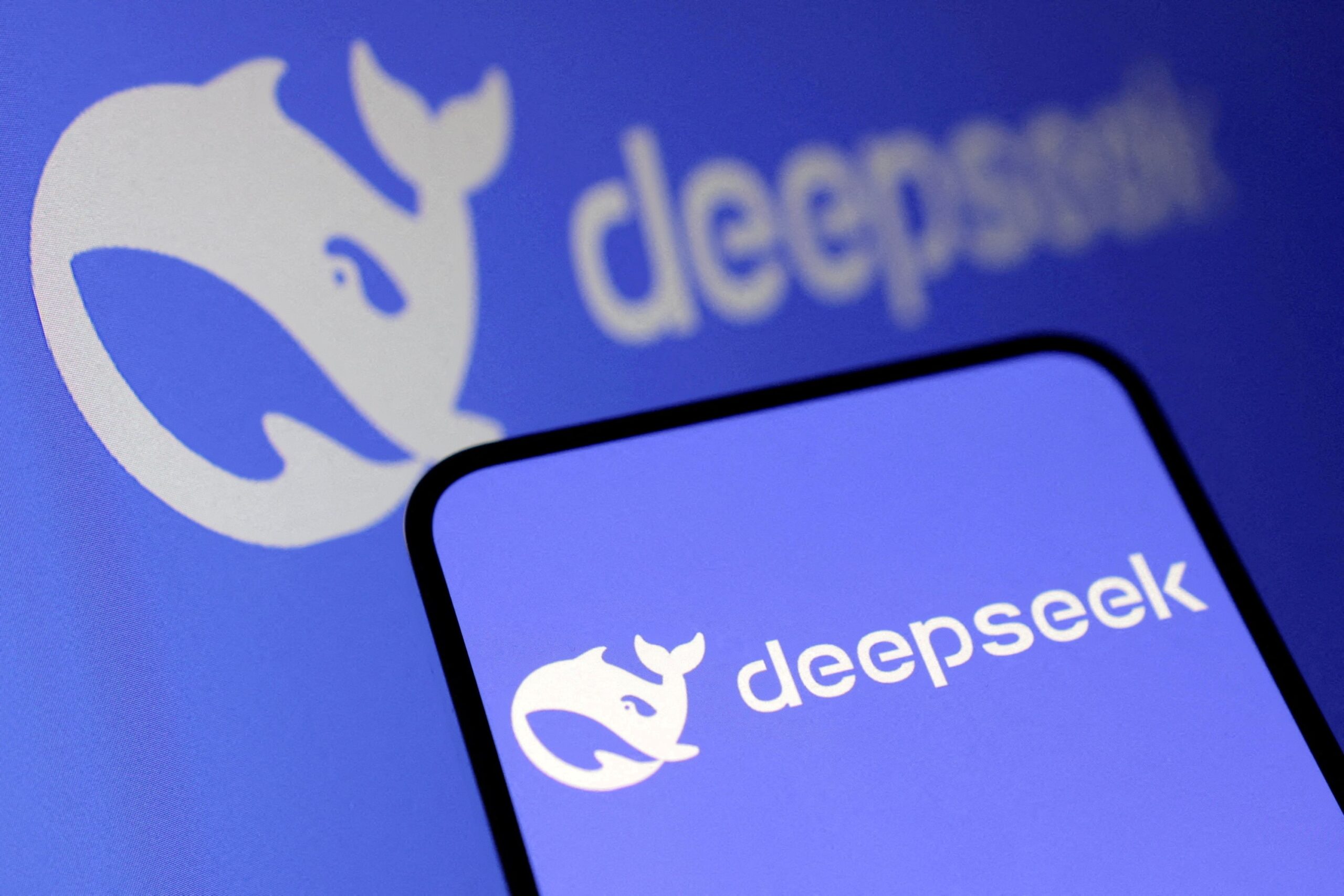In the lush green district of Liangzhu, nestled on the outskirts of Hangzhou, something extraordinary is happening. Once celebrated for its Neolithic ruins that date back to 3300 BC, Liangzhu is now witnessing a different kind of revolution one built not of stone, but of code. Since DeepSeek’s surprise release of a high quality open source AI model six months ago, the China artificial intelligence boom has entered a new and explosive phase.
Across the country, tech founders, engineers, investors, and government policymakers are aligning with unprecedented urgency to push China to the forefront of global AI leadership.
The DeepSeek Effect: An Underdog Redefines AI Potential
In January, DeepSeek shocked the world when it released a powerful language model trained on a modest budget. It offered capabilities on par with Western models like GPT, but without the billion dollar infrastructure. The kicker? It was open source.
DeepSeek was the spark that lit the AI fire across China, says Dr. Hao Lin, AI ethics professor at Peking University. It showed that innovation isn’t limited to Silicon Valley it can rise from Hangzhou just as powerfully.
DeepSeek’s founder, a graduate of Zhejiang University, used local talent, domestic data, and clever optimization techniques to create a world class product. The impact was immediate. Thousands of developers downloaded the model, and startups began using it to create real world AI applications overnight.
Liangzhu: Where Ancient Meets the Future
Liangzhu has become the symbolic heart of the China artificial intelligence boom. It’s more than just a place it’s a movement. Government funded incubators, AI workshops, and data science meetups are now regular sights in this once quiet suburb.
Case Study: ZhiTech, an AI powered logistics startup based in Liangzhu, used DeepSeek’s model to optimize freight routes for over 3,000 transport companies. Their system reduced delivery times by 18% in just four months.
DeepSeek saved us years of research and millions in development, says Chen Yuan, CEO of ZhiTech. It gave us a ready foundation to build and scale instantly.
China’s Open Source AI Bet
Unlike the West, which is increasingly locking down AI models behind paywalls and APIs, China’s ecosystem is flourishing under an open source first philosophy. It’s a bet on community innovation rather than corporate monopoly.
China is moving fast by moving together, says Elaine Wu, senior analyst at the Chinese Institute of AI Governance. The open source strategy invites every coder, every student, every researcher to contribute. That’s powerful.
And it’s paying off. According to a June report from the Asia Tech Review, over 340 new AI startups have launched in China since DeepSeek’s release many relying on its model as a base. From healthcare bots to legal assistants, applications are springing up across sectors.
During a visit to Hangzhou last month, I attended a grassroots AI developer conference at a community tech center in Liangzhu. The room was packed. Not with corporate execs, but with students, freelancers, and solo devs some as young as 17 building translation tools, education apps, and even musical AI generators.
One developer demoed a farming assistant that helps rural farmers analyze crop health using smartphone photos. Built using DeepSeek’s model, it’s already in trial use across parts of rural Sichuan. The pride and purpose in that room was tangible. This wasn’t a corporate hype event it was a movement from the ground up.
What’s Driving the AI Boom in China?
There are five key factors behind the China artificial intelligence boom, Massive funding and clear national AI policies have created a stable environment for long term investment. China’s emphasis on transparency and accessibility is creating a wave of innovation.
Universities like Tsinghua, Zhejiang, and Fudan are producing world-class AI engineers.Startups are training competitive models at a fraction of Western costs. With the U.S. tightening AI export restrictions, China has no choice but to innovate fast.
The sense of urgency is not just political it’s deeply entrepreneurial, says Dr. Kevin Xu, AI researcher at Stanford University. Chinese AI engineers are working 16bhour days not just because of pressure, but because of belief. They believe they’re shaping history.
The Roadblocks Still Ahead
Despite this rapid growth, challenges persist. America export controls on high end chips like Nvidia’s A100 and H100 GPUs are slowing hardware access. Ethical standards and AI safety protocols are still under construction. And there’s the risk of oversaturation in the AI startup space.
But perhaps the biggest challenge is global trust. Western institutions still view Chinese AI advances with suspicion, often framing them within national security threats rather than technological achievements.
Six months ago, DeepSeek lit a fire. Today, that spark has become a wildfire of innovation spreading across China. From Hangzhou to Chengdu, from universities to rural villages, the China artificial intelligence boom is real and it’s human.
Unlike the polished corporate rollouts in the West, China’s AI story is messy, organic, and people driven. It’s about young developers coding all night in shared apartments. It’s about retired professors mentoring new AI startups. It’s about a belief that China doesn’t need to copy the West to lead it can invent its own future. And if DeepSeek was the beginning, the world hasn’t seen anything yet.

